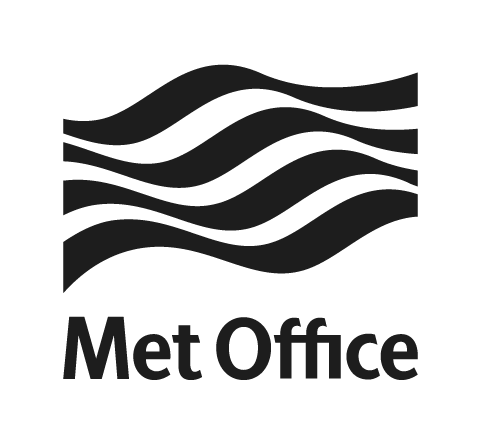Guide to the documentation#
The LFRic Core documentation is split into a number of main sections, this Getting Started section contains information on the dependencies required to run any LFRic based applications including those found in LFRic Core. The How to use it section details how LFRic Core can be used and is aimed at users developing scientific applications. The How it works section contains details of the implementation of LFRic Core, this is aimed at experienced developers and those doing development of LFRic Core itself. How to contribute contains guidance for those doing development within LFRic Core itself, particularly the procedures and form development should take.
For initial orientation, a quick overview of the main contents of the LFRic core repository is given. As noted, the Momentum atmosphere model, and related applications, are developed in separate repositories. The LFRic core repository does include some small LFRic applications for training purposes or for developing and testing particular technical capabilities.
Before giving an overview of the core infrastructure, an overview of the structure of a typical LFRic application is given. It briefly references several LFRic core capabilities. These capabilities are then described in later sections.
Any developer of the LFRic core or an LFRic application should have a good understanding of the underlying principles behind LFRic and the core data model, and the scientific model architecture known as PSyKAl. The LFRic data model and PSyclone documentation describes key aspects of LFRic and of PSyclone, the code autogeneration tool that LFRic applications depend upon.
The Application Documentation section provides links to documentation for each application developed within the LFRic core repository, describing the role of the application and including pointers to the features of the LFRic core that it depends upon or tests.
The Meshes section describes the LFRic mesh generator and LFRic meshes, including discussion of mesh partitioning, mesh hierarchies and mesh maps, the LFRic mesh generator.
The Components section describes components which are code libraries delivering specific capabilities required by some LFRic applications.
The build and test system section describes the build and test system, and includes descriptions of the tools that underpin it.
The Technical Articles section includes articles on several topics including the distributed memory strategy and implementation, the clock and calendar.
A:ref:Glossary of Terms <glossary_of_terms> defines commonly used terms and is available from the right-hand side panel of each page.
Finally, detailed API documentation is given for the LFRic infrastructure and each LFRic component.

